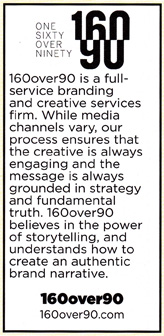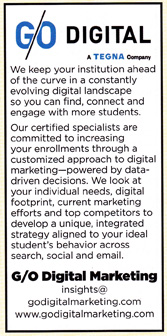“I don’t know what happened where every marketer thinks their content has to be shorter and shorter.” – Joe Pulizzi, founder, Content Marketing Institute.
Have you heard the shorter-is-better “wisdom” in your marketing meetings? Odds are you have, because it has become one of those things that people repeat as an obvious truth. Yet despite our busy lives, data shows it to be false.
Before I left the corporate world, I know I heard it from supposedly-informed colleagues. Along with these equally false statements:
- Young people don’t use Facebook anymore
- Email marketing is dead
- No blog post should be more than 500 words
That’s not the end of the list, but the point is made without compiling more.
The true value of long-form articles
What’s the truth? The Quartz Global Executive Study discovered something quite different. Quartz calls it a survey of the media habits of the world’s smartest, busiest people. The 1,357 executives participating reported these results when asked which type of content they are most likely to share:
- 84 percent say they share long-form articles more than any other content
- Charts and data came in second at 47 percent
- Videos were cited by 37 percent and breaking news stories by 36 percent
As you can see, there is no ambiguity in these results. People read long-form content and place a very high value on it. (Perhaps equally important, note that written articles are ranked well ahead of video.)
Mr. Pulizzi’s comment at the beginning of this post was made during Episode 180 of the This Old Marketing podcast (at about the 36 minute mark) that he produces with co-host Robert Rose.
Talking to Rose during the episode, he continued with these remarks. “You and I have been ranting about the whole ‘snackable content’ thing. You know, ‘We’ve got to get shorter and our videos are about 3 seconds long now because executives are busy and they don’t have any time…’ What we learn from this study is that executives love long-form articles – long, meaty, informational articles.”
Think before doing the same old marketing things
An often repeated point by Pulizzi is that we should always be asking why we are doing what we‘re doing in terms of marketing. Ask if sales collateral, trade shows, video, and other common tools are really the right tools for your market and product or service. Don’t just plow ahead with marketing activities that you know (or think you know) and are used to using.
And don’t believe marketing “truisms” just because you’ve often heard them.
Effort spent trying to do more of the same old things, may actually be more profitably spent doing new and different things. The right things, based on what your customers truly consume and value.
So don’t blindly accept that short content is always better. From this study you can see that if you provide real information, with new data and insight, it’s going to be valuable to your customers. If you don’t have time to produce longer articles, find someone who has the experience to research and write on your behalf.
It will be another way to differentiate you and your business, with everyone else on another specious marketing bandwagon. One of so many that marketers climb aboard without thinking.







